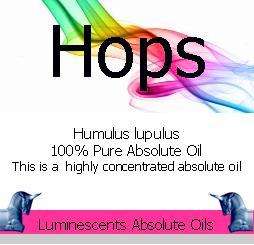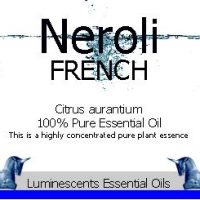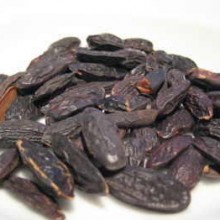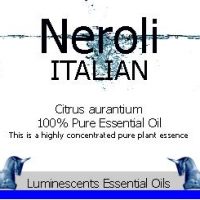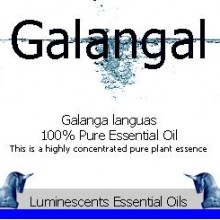Hops or more properly the Hop is a small genus of flowering plants, native to the temperate Northern Hemisphere. The female flowers, commonly called Hops, are used as flavouring and stabilisers during beer brewing.
Although frequently referred to as the Hop vine, it is technically a bine; unlike vines, which use tendrils, suckers, and other appendages for attaching themselves, bines have stout stems with stiff hairs to aid in climbing.
It is a perennial herbaceous plant which sends up new shoots in early spring and dies back to the cold-hardy rhizome in autumn. Hop shoots grow very rapidly and at the peak of growth can grow 2050 cm per week. Hop bines climb by wrapping clockwise around anything within reach, and individual bines typically grow between 2 to 15 m depending on what is available to grow on. The leaves are opposite, with a 712 cm petiole and a cordate-based, palmately lobed blade 1225 cm long and broad; the edges are coarsely toothed. When the hop bines run out of material to climb, horizontal shoots sprout between the leaves of the main stem to form a network of stems wound round each other.
Traditional Uses For Hops Absolute Oil:-
The Hop is well known for its perfumery and food applications. Nonetheless, it has some very distinct aromatherapy benefits. Paramount on the list is the Hops’ ability to perform as a sedative. This makes it perfect for insomniacs and those suffering through nervous stress.
Hops Blends Well With:-
The Hop is not typically blended.
History of the Hops:-
The first documented instance of hop cultivation was in 736, in the Hallertau region of present-day Germany (which is today the most important production centre with about 25% of the worldwide production), although the first mention of the use of hops in brewing was in 1079. Hops were introduced to British beers in the early 1500s, and hop cultivation began in the present-day United States in 1629.
Today, the principal production centres for the UK are in Kent (which produces Kent Golding hops) and Worcestershire, and Washington state for the USA; other important production areas include Belgium, as mentioned Germany and the Czech Republic. Other major areas of production include Xinjiang (China), Tasmania (Australia), the Lublin area (Poland) and Chuvashia (Russia). New Zealand is a leading centre for organic hop production.
Until mechanisation (in the late 1960s for the UK), the need for massed labour at harvest time meant hop-growing had a big social impact. Many of those hopping in Kent were Eastenders, for whom the annual migration meant not just money in the family pocket but a welcome break from the grime and smoke of London. Whole families would come down on special trains and live in hoppers’ huts for most of September, even the smallest children helping in the fields. In Kent, hop areas had Oast houses built for drying the hop; many now are converted to homes. The image of Cockney hoppers beneath the blue September skies of the Battle of Britain in 1940 has become part of British national mythology. Romany travellers were another very large group among the hoppers.

